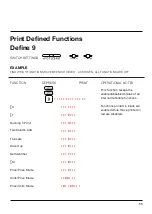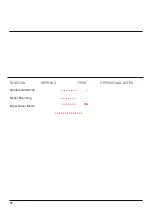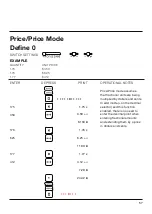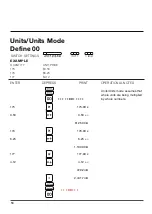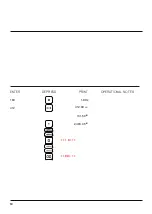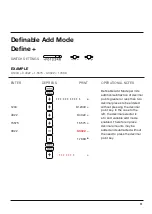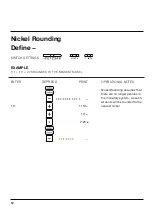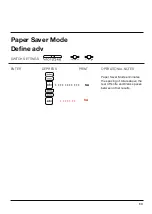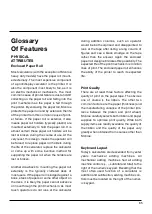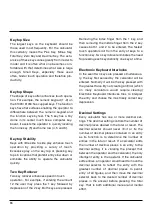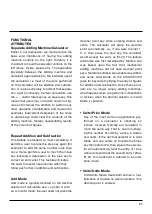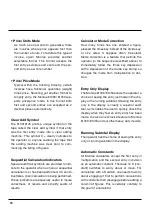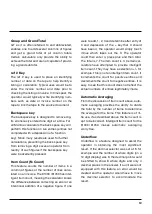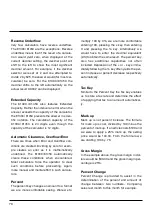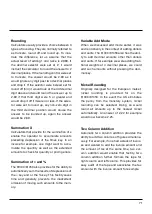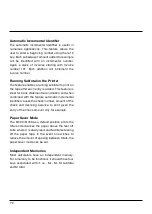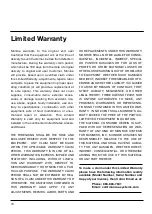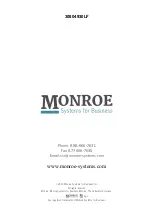
FUNCTIONAL
ATTRIBUTES
Separate Adding Machine/Calculator
Earlier in our discussion, we touched upon the
basis and importance of having the adding
machine controls on the right. Similarly it is
important to have the calculator controls on the
left (times, divide, equals etc). The separation
physically between the adding machine and
calculator again pertains to the intended use of
the calculator, i.e. most of the work performed
on the calculator will be addition and subtrac-
tion. It is also extremely important that separa-
tion exist functionally. Certain calculators use
the +, -, and/or total keys as an equals key. This
means that users may not add a column of fig-
ures and interrupt the addition to perform any
other operation (multiplication and division for
example). Inadvertent depression of the times
or divide keys could clear the contents of the
adding machine, thereby necessitating reentry
of the column of figures.
Repeat Addition and Subtraction
This feature is standard on most calculators. It
permits a user to press the plus key again (for
example) to add the same number more than
once. It also permits a user to touch the minus
key following a depression of the plus key to
correct an entry error. This feature eliminates
the need to reenter like amounts when they
follow each other in addition and subtraction.
Add Mode
Add mode is typically denoted on the decimal
selectors of calculators as a + symbol or with
an A. In Add mode, the user need not press the
decimal point key when entering dollars and
cents. The calculator will place the decimal
point automatically, i.e., if one were to enter 1,
2, 3, then press the plus key, the calculator
would accept the entry as $1.23. The feature
add mode was first developed by Monroe and
was based upon the fact that mechanical
adding machines did not have decimal point
keys, therefore entries were accepted as dollars
and cents. Add Mode on the 8130X/8145X
goes far beyond simplifying the entry of figures
for addition and subtraction. Since these prod-
ucts are no longer simply adding machines,
what happens when one performs multiplication
or division when the decimal selector is in Add
Mode (+) position.
• Units/Price Mode
One of the most common applications per-
formed on a calculator is checking an
invoice. Invoices typically are formatted in
much the same way. That is, one is multiply-
ing the number of units by a price in dollars
and cents. If the decimal selector is in Add
Mode, and one enters 12 touches the times
key then enters 123, then equals, the calcula-
tor will automatically treat the entry of 12 as
whole units and treat the second entry 123 as
$1.23. This treatment is referred to as units
price mode.
• Units/Units Mode
Units/Units Mode, treats both entries in mul-
tiplication or division as whole numbers, if no
decimal point is entered.
67



